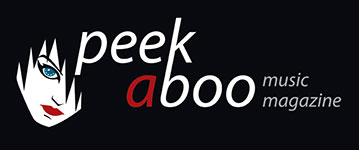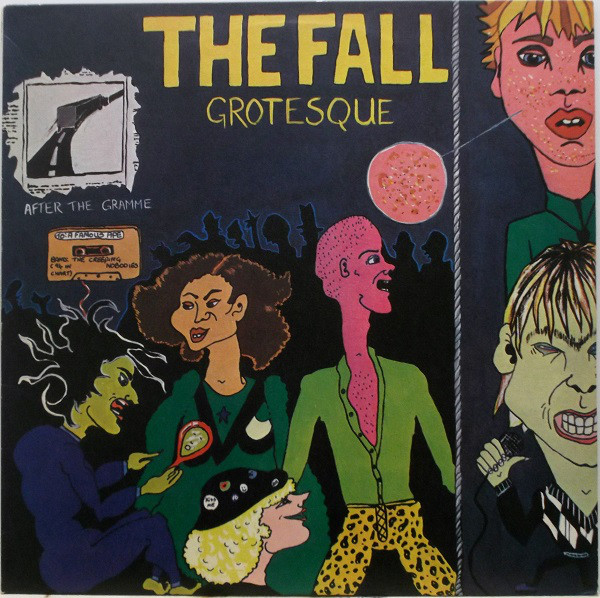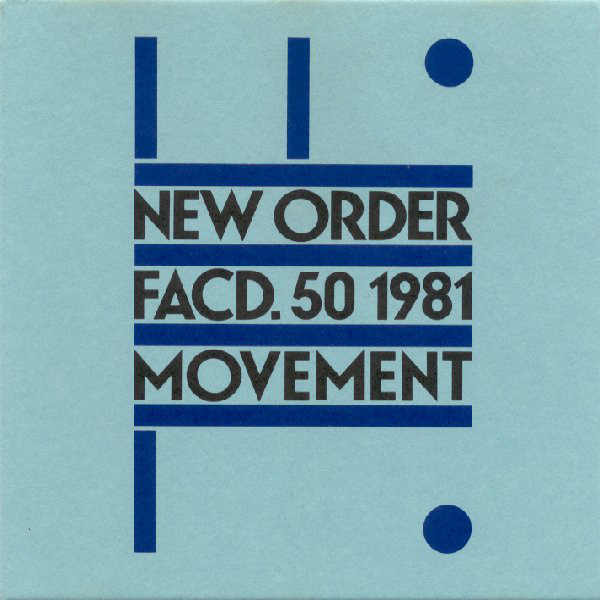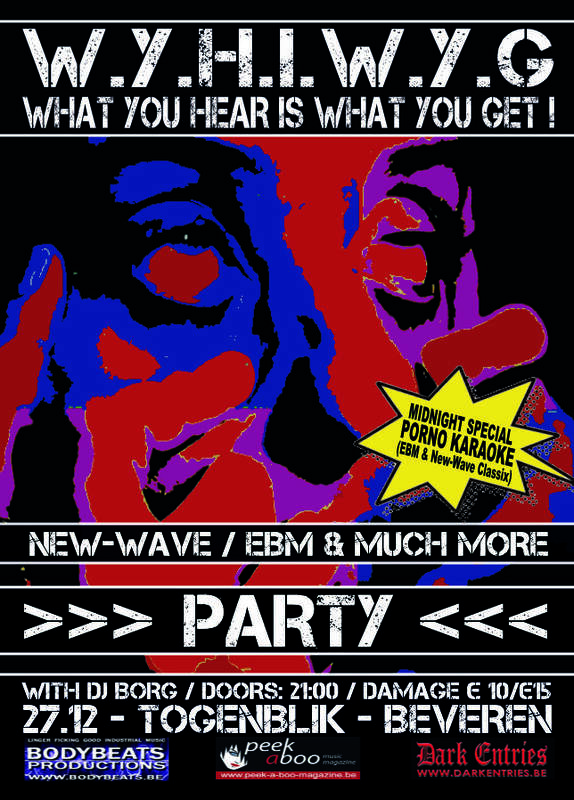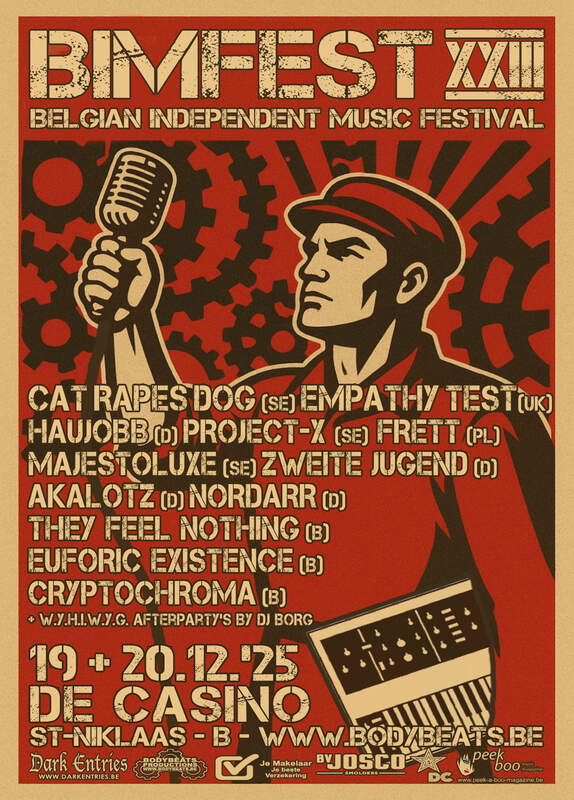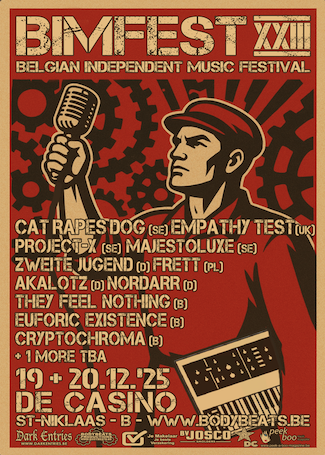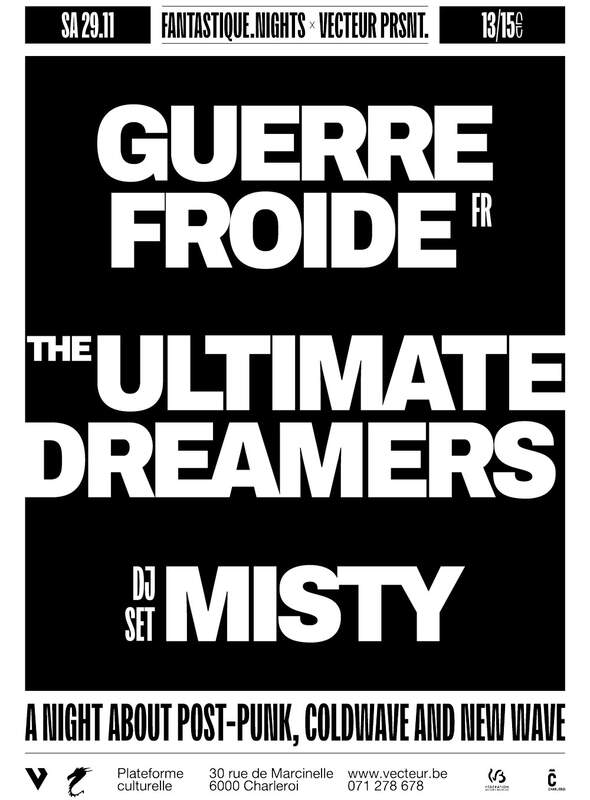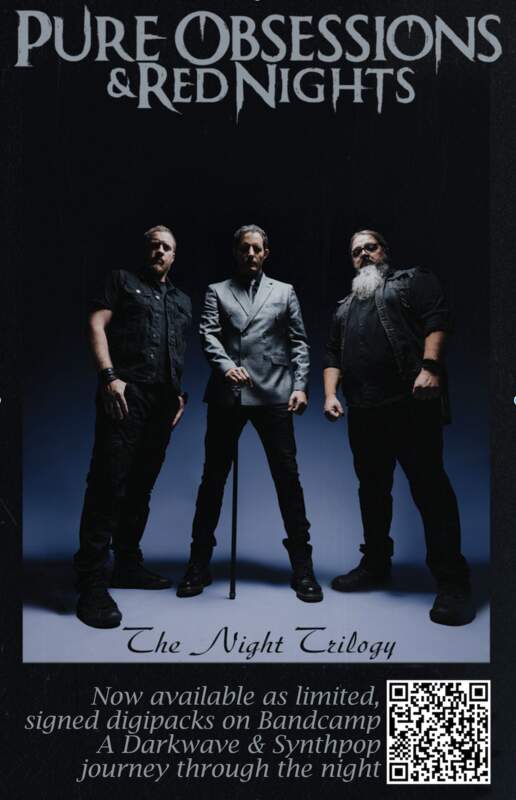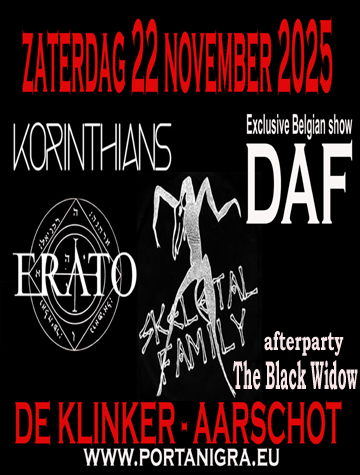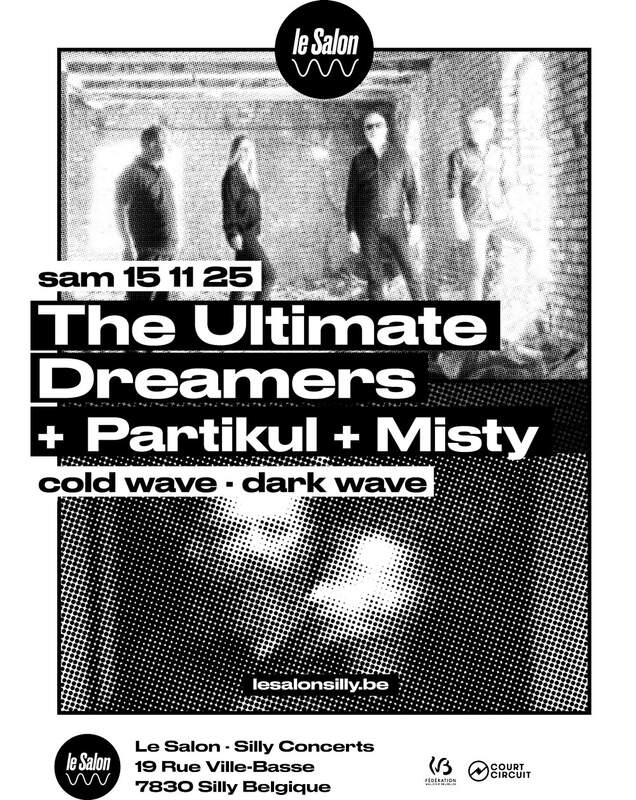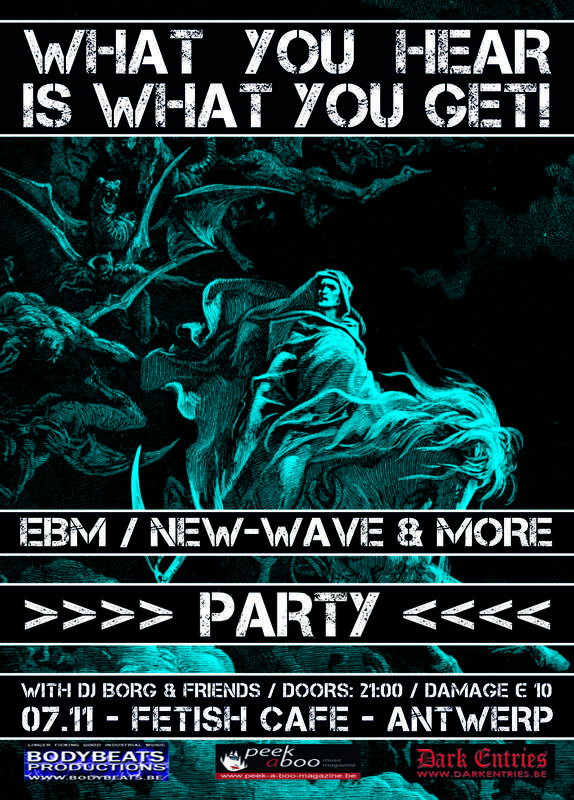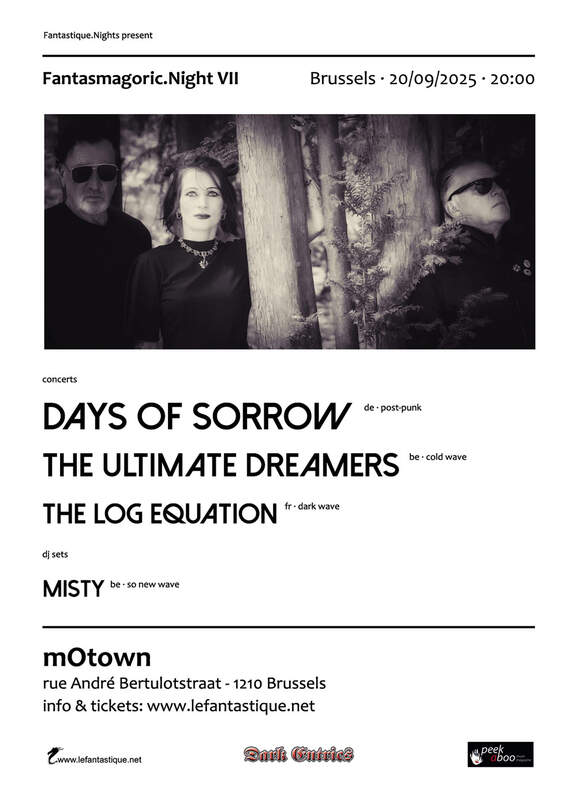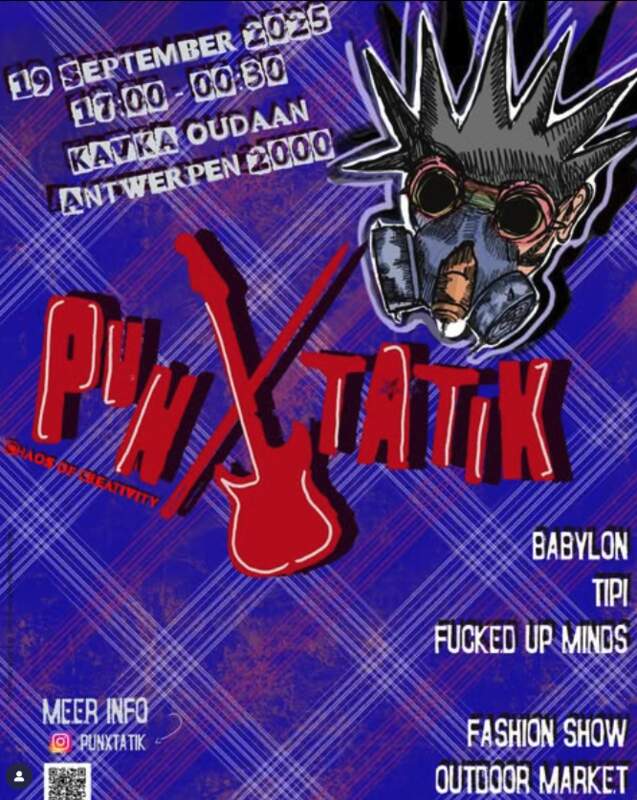On this day, 45 years ago, British Post-punk band The Fall released their third studio album Grotesque (After The Gramme) - 17 November 1980. It was their first studio album released by the Rough Trade Records label.
The album was preceded by two acclaimed singles, "How I Wrote 'Elastic Man'" and "Totally Wired", which did not appear on the original pressing but were subsequently included on CD reissues of the album.
The Fall's music at the time was described as "Mancabilly", and by singer Smith himself as "Country 'n' Northern".
The album was generally well received and highly acclaimed by the music press, rating it with four to five out of the five star ratings.
The album reached number one on the UK Independent Album Chart for 3 sequential weeks, spending 29 weeks on the chart in total.
Grotesque (After The Gramme) (ROUGH 18 - LP)
| A1 | Pay Your Rates | |
| A2 | English Scheme | |
| A3 | New Face In Hell | |
| A4 | C'n'C-S Mithering | |
| A5 | The Container Drivers | |
| B1 | Impression Of J. Temperance | |
| B2 | In The Park | |
| B3 | W.M.C. - Blob 59 | |
| B4 | Gramme Friday | |
| B5 | The N.W.R.A. |
The Mind Is a Terrible Thing to Taste – Ministry (1989)
Released on November 14, 1989, The Mind Is a Terrible Thing to Taste stands as a defining statement in industrial metal, cementing Ministry as one of the genre’s most influential bands. It was the group’s fourth studio album, following 1988’s The Land of Rape and Honey, and marked a further step away from the synth-heavy new wave sound of their early work toward a harsher, more aggressive fusion of metal, punk, and electronic noise.
Led by Al Jourgensen, Ministry dove deep into themes of social decay, political corruption, drug addiction, and inner turmoil. The album’s title, a dark parody of the United Negro College Fund slogan “A mind is a terrible thing to waste,” reflects its confrontational tone. Musically, it combined machine-like drum programming, grinding guitars, and distorted vocals, creating a sound both chaotic and precise — a soundtrack for a collapsing world.
The opening track, “Thieves,” bursts out with furious energy, its shouted refrain and metallic percussion setting the tone for the record. “Burning Inside” follows with relentless intensity, driven by Paul Barker’s bass and a riff that became one of Ministry’s most recognizable. Other highlights include “Breathe,” which mixes danceable rhythms with apocalyptic lyrics, and “So What,” a sprawling, menacing track that captures the band’s nihilistic ethos. The album closes with “Faith Collapsing” and “Dream Song,” which veer into haunting, atmospheric territory.
Recorded amid chaos, substance abuse, and creative tension, The Mind Is a Terrible Thing to Taste nonetheless achieved remarkable coherence. Its raw energy and mechanical precision influenced countless acts across industrial, metal, and electronic music — from Nine Inch Nails and Fear Factory to Rammstein. The accompanying 1990 “Mind Is a Terrible Thing to Taste” tour (documented on the live album and video In Case You Didn’t Feel Like Showing Up) showcased Ministry at their most ferocious, with a full stage assault of lights, noise, and aggression.
Today, 36 years later, the album still remains a cornerstone of industrial metal, a brutal yet intelligent work that captures the anxiety and rage of the late 20th century — and still sounds disturbingly relevant decades later.
Ministry - Burning Inside (CD/LP - Sire)
| 1 | Thieves | 5:02 | |
| 2 | Burning Inside | 5:20 | |
| 3 | Never Believe | 4:59 | |
| 4 | Cannibal Song | 6:10 | |
| 5 | Breathe | 5:40 | |
| 6 | So What | 8:13 | |
| 7 | Test | 6:04 | |
| 8 | Faith Collapsing | 4:01 | |
| 9 | Dream Song (CD only bonus track) | 4:48 |
Movement is the debut album by New Order, released on 13 November 1981 by Factory Records. The album was produced by Martin Hannett who also produced the previous Joy Division albums and releases. At the time of its release, the album was not particularly well-received by critics or audiences, only peaking at number 30 on the UK Albums Chart. However, retrospective critical reception has been very positive.
After the suicide of Joy Division's singer Ian Curtis in May 1980, and the subsequent shock for those surrounding him, remaining members Bernard Sumner, Peter Hook and Stephen Morris elected to carry on, albeit under a new name – New Order. With the exception of two songs, "Ceremony" (first played live at Joy Division's very last gig, a bit more than two weeks before Curtis's death) and "In a Lonely Place" (unreleased, but demoed in the studio), all the material played would be new.
A couple of songs on Movement stem from the initial songwriting session the band undertook in the summer of 1980.
Bernard Sumner took the main vocalist role with Peter Hook as back-up though the latter sang lead on "Dreams Never End" and "Doubts Even Here”.
Musically the album situated in between Joy Division's post-punk sound and the synth-pop style that would happen to define New Order and influence pop music for decades".[10]
In 2008 and 2015 the album was remastered and released in different formats (Digital/CD/12”).
References to Ian Curtis appear on the songs "ICB" (rumored to be an acronym for 'Ian Curtis Buried', but confirmed by Peter Hook in a 2013 interview) and "The Him".
The album cover was designed by Peter Saville and is based on a poster by the Italian Futurist Fortunato Depero.
The shape created by the top three lines is an 'F' (lying on its back), which refers to Factory Records/Factory Communications Limited and the bottom two lines create an 'L' (lying on its front), the Roman numeral 50, the original catalogue was FACT 50.
Movement - Tracklist
| Dreams Never End | 3:13 |
| Truth | 4:37 |
| Senses | 4:45 |
| Chosen Time | 4:07 |
| ICB | 4:33 |
| The Him | 5:29 |
| Doubts Even Here | 4:16 |
| Denial | 4:20 |

Today, 47 years ago, Siouxsie & The Banshees released their debut album Scream!
The Scream is the debut album by Siouxsie and the Banshees. It was an almost instant commercial success, peaking at No. 12 on the UK Albums Chart and was recorded in only one week and mixed in three during August 1978. The album was released on 13 November 1978 by Polydor. Before the album's release, the band had developed a strong reputation as a live act, and had achieved a Top 10 UK single with "Hong Kong Garden”, a track which did not appear on the original album, but was added not much later to most others issues of Scream.
Upon release, The Scream was widely acclaimed by critics. It was also a commercial success, peaking at No. 12 in the UK Albums Chart. The album is regarded as a landmark of post-punk.
Late 1977 and early 1978, Siouxsie and the Banshees received major press coverage but failed to secure a recording deal. A fan undertook a graffiti campaign in London, spraying the walls of the major record companies with the words "Sign the Banshees: do it now".[2] Polydor finally signed them in June.
J. G. Ballard and William Burroughs provided the reference points for the lyrics of The Scream.
Since its release, The Scream has received a number of accolades from the music press. NME rated it at No. 57 in their "Writers All Time 100 Albums" list in 1985. Uncut magazine placed it at No. 43 in their list of the 100 greatest debut albums. It was featured in the book 1001 Albums You Must Hear Before You Die.
The Scream placed the group among the pioneers of post-punk, as Robert Smith of the Cure said:
"When The Scream came out, I remember it was much slower than everybody thought. It was like the forerunner of the Joy Division sound. It was just big-sounding."
Joy Division's Peter Hook, who saw the band in concert in Manchester in 1977, said about The Scream: "Siouxsie And The Banshees were one of our big influences, The Banshees first LP was one of my favourite ever records, the way the guitarist and the drummer played was a really unusual way of playing."
The Scream had a strong impact on other musicians. Massive Attack covered and sampled "Metal Postcard (Mittageisen)" on their song "Superpredators (Metal Postcard)" in 1997.
Scream (1978 LP) - Tracklist
| A1 | Pure | 1:50 |
| A2 | Jigsaw Feeling | 4:38 |
| A3 | Overground | 3:48 |
| A4 | Carcass | 3:50 |
| A5 | Helter Skelter | 3:48 |
| B1 | Mirage | 2:46 |
| B2 | Metal Postcard (Mittageisen) | 4:16 |
| B3 | Nicotine Stain | 2:56 |
| B4 | Suburban Relapse | 4:10 |
| B5 | Switch | 6:50 |
Pink Flag – Wire’s Radical Debut and the Birth of Post-Punk Minimalism
When Pink Flag appeared in November 1977, 48 years ago, it sounded like nothing else in Britain’s already restless punk landscape. The debut album by London’s Wire — Colin Newman (vocals, guitar), Bruce Gilbert (guitar), Graham Lewis (bass), and Robert Gotobed (drums) — took punk’s raw immediacy and stripped it down to its barest essence. Released on Harvest Records, the album crammed 21 songs into just 35 minutes, with several tracks lasting barely over a minute. Yet, within that brevity, Pink Flag redefined what punk — and rock itself — could be.
Where their contemporaries often chased volume and attitude, Wire pursued structure and concept. Songs like “Field Day for the Sundays” and “Surgeon’s Girl” flash by in seconds, more like sharp sonic ideas than traditional compositions. “Three Girl Rhumba” and “Ex Lion Tamer” showcase the band’s knack for catchy repetition, angular guitar riffs, and deadpan vocals that hinted at irony rather than rage. The title track, meanwhile, closes the album with an unexpected sense of grandeur — a slow, ominous march that encapsulates Wire’s ability to turn minimalism into something epic.
Critics quickly recognized Pink Flag as a boundary-breaking statement. It eschewed the sloganeering of early punk for an art-school precision, prefiguring post-punk’s intellectual edge. Its skeletal arrangements and conceptual clarity would later influence bands ranging from R.E.M. and Sonic Youth to Elastica (who borrowed from “Three Girl Rhumba” for their hit “Connection”). Even hardcore punk’s concise song structures can trace a lineage back to Wire’s 1977 experiment in reduction.
Decades later, Pink Flag still sounds astonishingly modern. Its clipped energy, cryptic lyrics, and refusal to conform make it both a product of its time and a timeless blueprint for musical reinvention. Wire didn’t just debut with a punk album — they built the scaffolding for an entire movement that followed. Pink Flag remains a radical document of how far less can truly mean more.
Wire - Pink Flag (SHSP 4076)
| 1 | Reuters | 3:02 | |
| 2 | Field Day For The Sundays | 0:28 | |
| 3 | Three Girl Rhumba | 1:23 | |
| 4 | Ex Lion Tamer | 2:17 | |
| 5 | Lowdown | 2:26 | |
| 6 | Start To Move | 1:12 | |
| 7 | Brazil | 0:41 | |
| 8 | It's So Obvious | 0:53 | |
| 9 | Surgeon's Girl | 1:14 | |
| 10 | Pink Flag | 3:49 | |
| 11 | The Commercial | 0:49 | |
| 12 | Straight Line | 0:44 | |
| 13 | 106 Beats That | 1:12 | |
| 14 | Mr. Suit | 1:24 | |
| 15 | Strange | 3:58 | |
| 16 | Fragile | 1:18 | |
| 17 | Mannequin | 2:36 | |
| 18 | Different To Me! | 0:43 | |
| 19 | Champs | 1:46 | |
| 20 | Feeling Called Love | 1:21 | |
| 21 | 1 2 X U | 1:55 | |
| 22 | Options R (CD only bonus track) | 1:36 |

